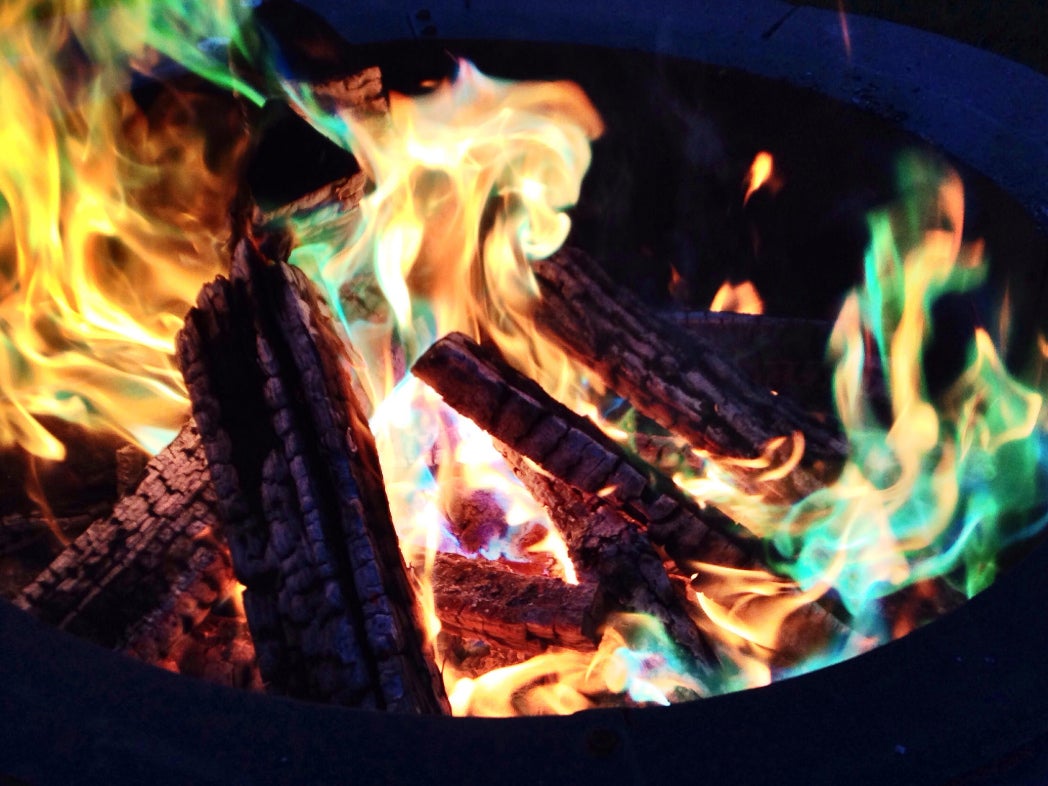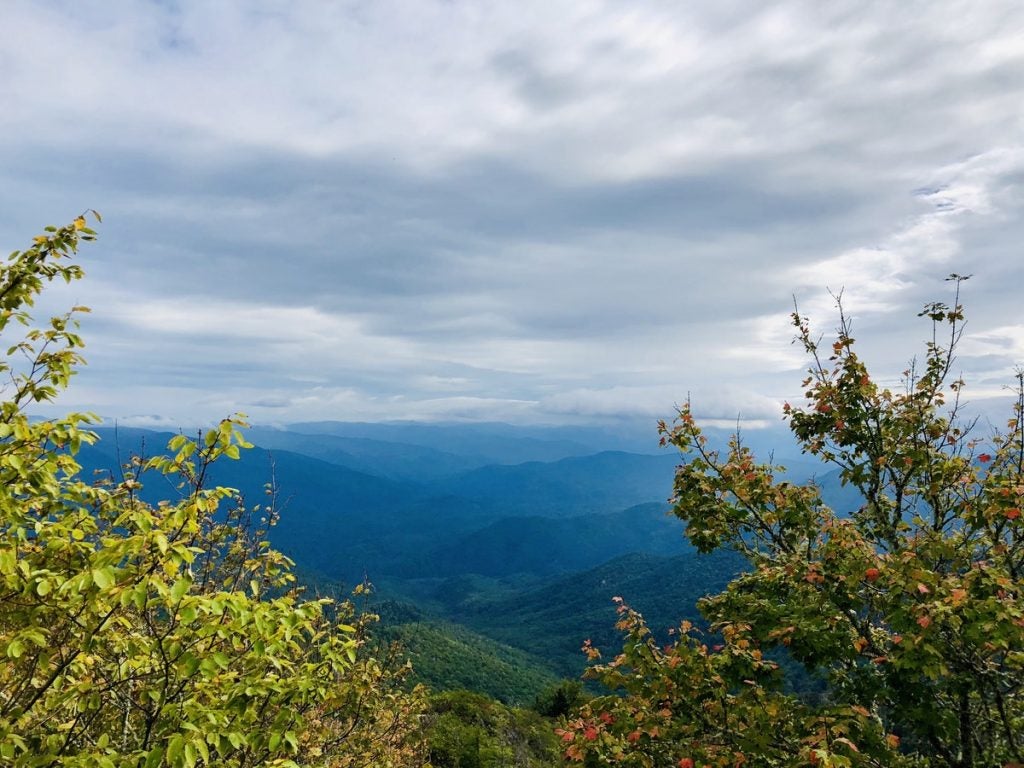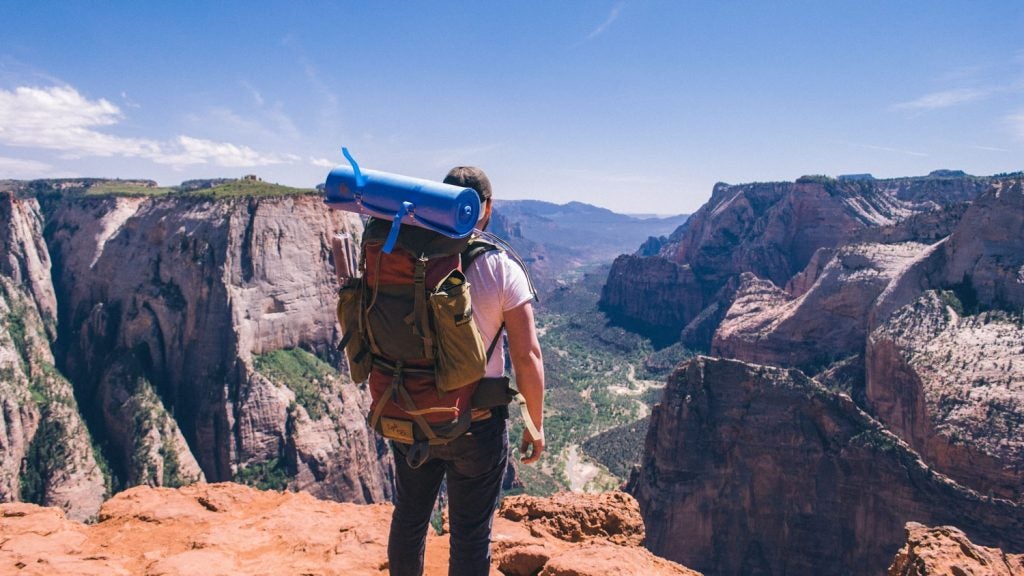Technology has come a long way to develop some cool camping products that make the outdoors comfortable and enjoyable. We use chemistry to stave off the cold and the power from the daytime sun to light the night sky. We’ve even fine-tuned the process of extending the shelf life of countless food products.
While we’re often too busy enjoying the view of an alpine lake to worry about what actually makes hand warmers heat up when we crunch them in our pockets, our minds occasionally wander to the question: “How the heck does this work?”
The Science Behind These 6 Cool Camping Products
We ventured down a variety of rabbit holes to discover how some camper’s favorite camping products actually function.
1. Freeze-Dried Food
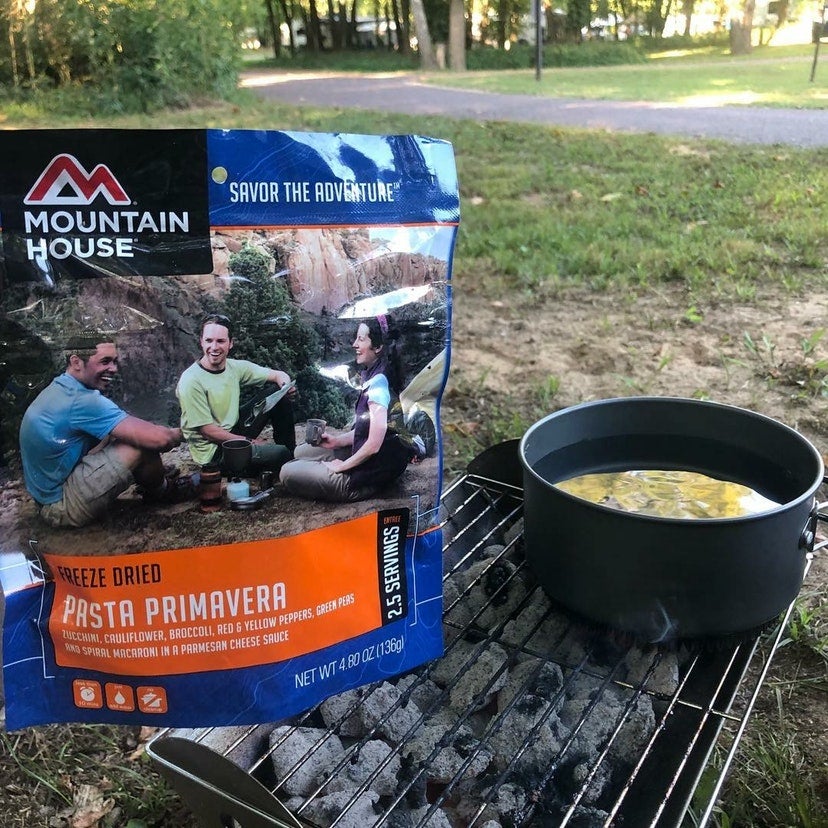
Image from The Dyrt camper Shelly S.
Sometimes you don’t have the energy to whip up a three-course meal at the campsite after a long hike. Or if you’re like me, you eventually run out of Kraft. A great option is to pack along some freeze-dried meals. But what is a freeze-dried meal, exactly?
To the average beginning camper, freeze-dried meals might be nothing more than astronaut food. But freeze-drying is one of the most effective ways we can being food with us on camping trips, and involves with a three-step process. First, the food is frozen. This freezing process preserves the flavor better than dehydrating. Then, it goes into a cold vacuum that vaporizes the ice crystals (a process called sublimation). Finally, it’s sealed in airtight packaging. All you have to do is re-introduce the water, and enjoy.
2. Fire Starters
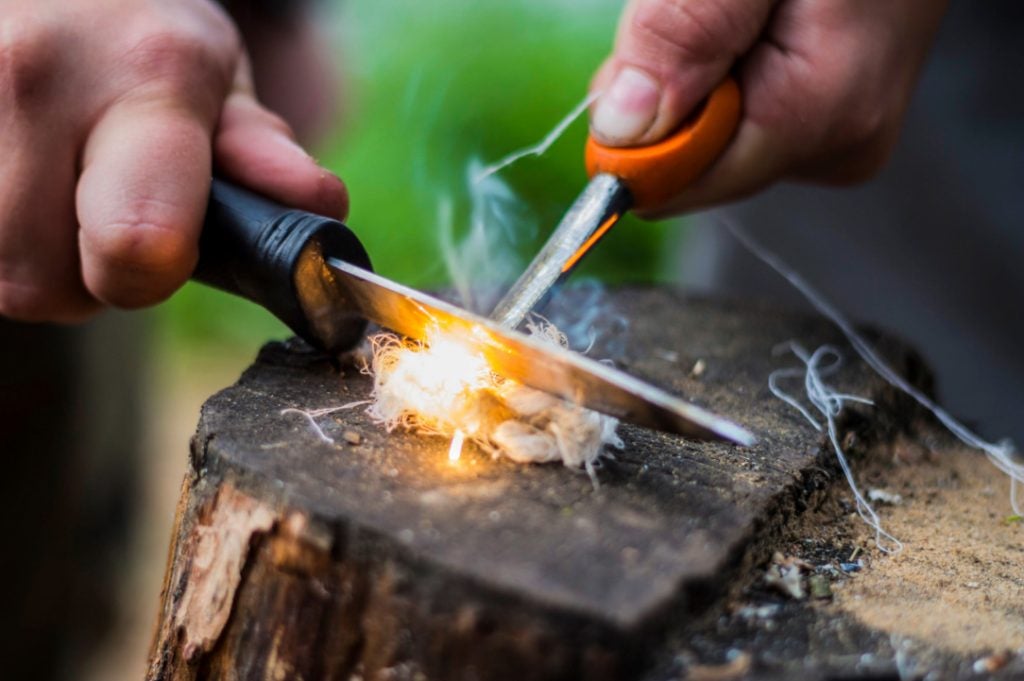
Image from Shutterstock
We’ve all been there. You’ve arranged the logs, and you’re ready to warm your mitts over that toasty fire. But you can’t get it burning, and you forgot to bring your homemade flamethrower. Maybe the wind is blowing too hard, or the logs are damp. Fret not—fire starters are here to save you. Like any of the cool camping products campers use, fire starters might be the most useful tool in any camping situation, but are essential for backcountry camping.
One of the more interesting fire starters is the Light My Fire FireSteel kit. Scraping the steel striker against the magnesium alloy rod makes tiny metal shavings. Those shavings mix with your tinder. The friction causes a spark, igniting the tinder and your excitement. Many fire starter products are some variation of this kit, which was based on the original flint and steel kit.
If you can’t make tinder, Light My Fire has that covered too, with the Tinder-on-a-Rope. A piece of pine that lights efficiently using any fire starter. Those who camp in wet conditions will enjoy this handy product, as pine is a highly flammable wood when kept dry.
Or, you can opt for Zippo’s Emergency Fire Kit. It comes complete with wax-coated fire starters that ignite under most conditions.
3. Mystical Fire

Image from David Mulder on Flickr—CC BY-SA 2.0
Probably the most fun of all the cool camping products out there, Mystical Fire is a real treat for those fire-gazing campers among us. Mystical Fire, also known more generally as colored fire, typically comes in a foil package. Toss the package into the fire, step back, and watch gleefully as your fire becomes a blazing rainbow.
The process is pure chemistry. Inside the package is a powdered compound that’s 65% cupric sulfate, 23% cupric chloride, and 12% polyvinyl chloride. Those chemicals all produce a specific color when mixed with fire. As the powder heats up, the colors ignite and create a psychedelic show amidst your logs.
4. Hand Warmers

Hand warmers are another one of the many cool camping products that use chemicals to make your life better. Because you shouldn’t have to give up camping in cold weather, but you also shouldn’t have to suffer through the cold if you don’t have to. Grab a pair of these bad boys and nestle them in your coat pocket for a few minutes. And surprise! You’ll have heat.
Most hand warmers contain five basic chemicals. Water, sodium acetate (salt), iron, activated charcoal, and an insulator called vermiculite. The heating process happens through rusting (yes, the same rusting you see on metal). These ingredients are packed into a little porous bag, and sealed in packaging.
When you tear that packaging off, air from outside gets into the porous bag (“oxidizing”). That oxidation process is what creates rust. That’s what causes the bag to warm up. The salt speeds up the process, and the charcoal helps spread the heat. The insulation from the vermiculite prevents the heat from burning you.
5. Solar-Powered Lights
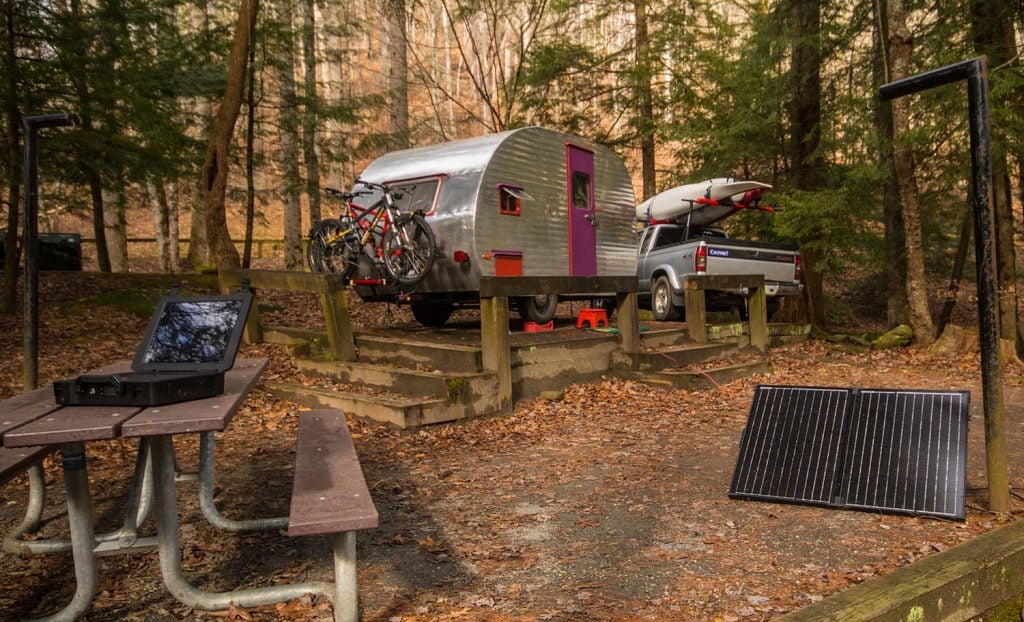
Image from The Dyrt campers Shari + Hutch
Let’s face it. Batteries are out. Solar power is popular among campers and RVers for it’s good environmental impact and portability. Many solar-powered lights are compact enough to carry in your gearbox or pack. But what makes these panels and lamps work?
A light has four main components: the solar panel, battery, control, and light. The solar panel contains chemicals with negatively-charged electrons and positively-charged spaces. When sunlight passes through, it stimulates the negatively-charged electrons, moving them into the positively-charged spaces.
Simply put, that process charges the light’s battery.
The control senses reduction of solar power going into the panel (darkness) and switches to battery. That’s why some lights work on solar during the day, and battery at night.
6. Water Filtration Straws
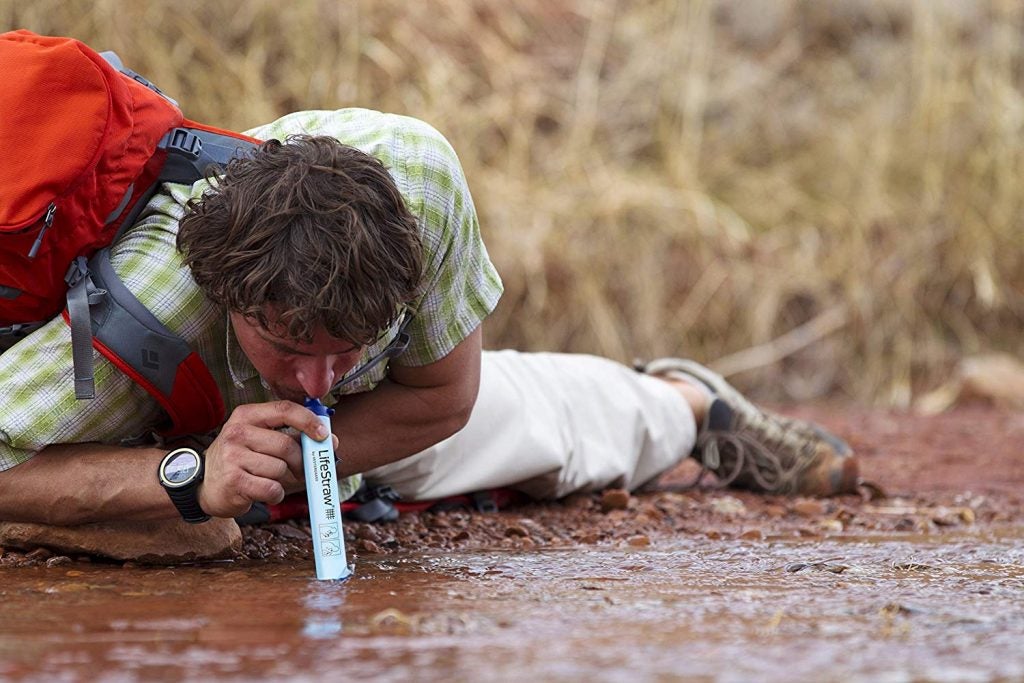
Image from LifeStraw
These life-saving filtering straws are on their way to becoming a must-have for backcountry and thru-hikers for their portability and serious usefulness when there’s no clean drinking water around (as well as for their affordable price point). Watching them work, you might almost think they’re too good to be true.
These cool camping products have a mechanism that makes them just as simple as they look. Inside the keychain-sized straw is a microbiological, hollow fiber membrane filter that works to clear the common microplastics, bacteria and parasites in poor quality water from lakes and rivers. Technological advancements have been able to shrink modern filters down to fit in a pocket-sized straw, but still retain the full filtration power you need to turn undrinkable water drinkable.
The Dyrt is the only camping app with all of the public and private campgrounds, RV parks, and free camping locations in the United States. Download now for iOS and Android.Popular Articles:
Articles on The Dyrt Magazine may contain links to affiliate websites. The Dyrt receives an affiliate commission for any purchases made by using such links at no additional cost to you the consumer.

